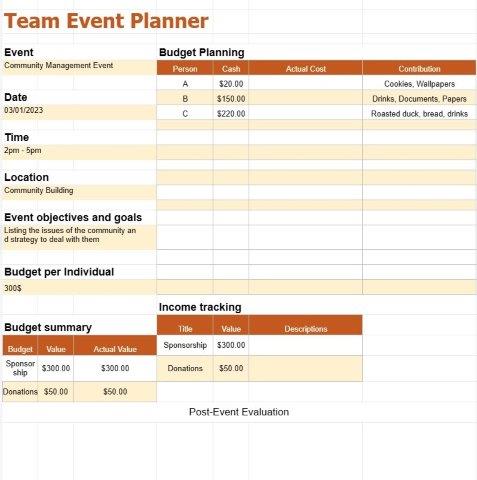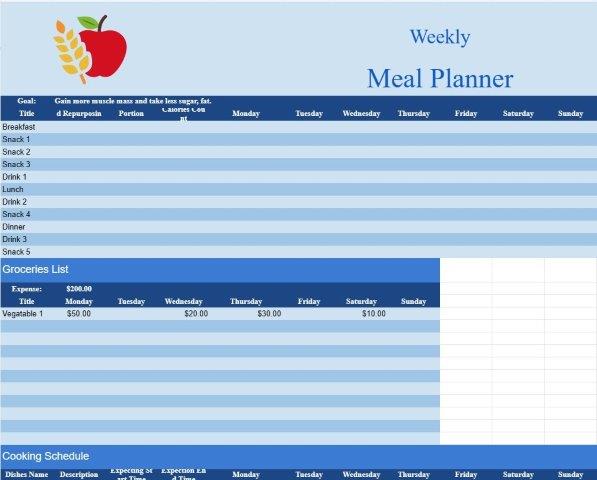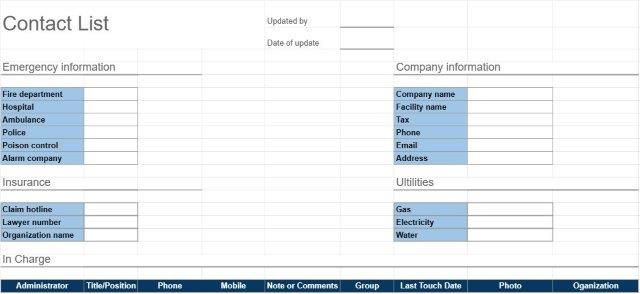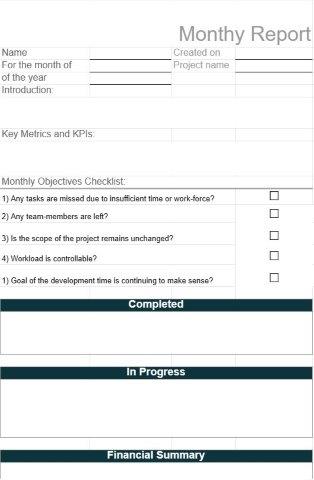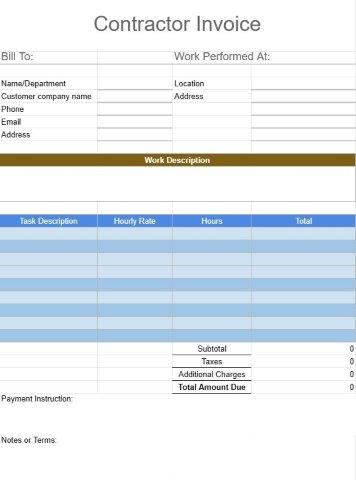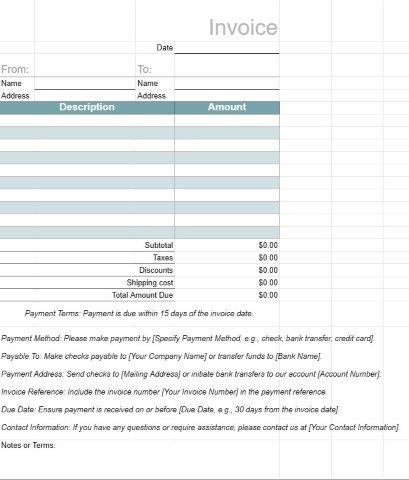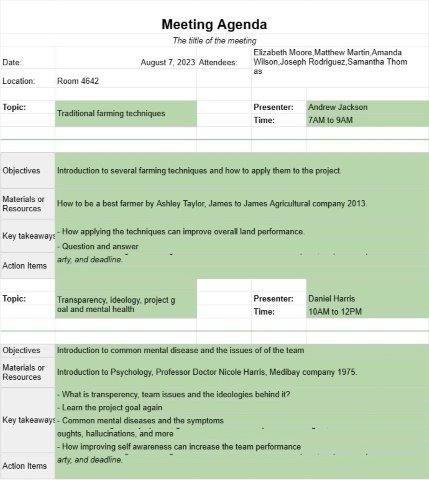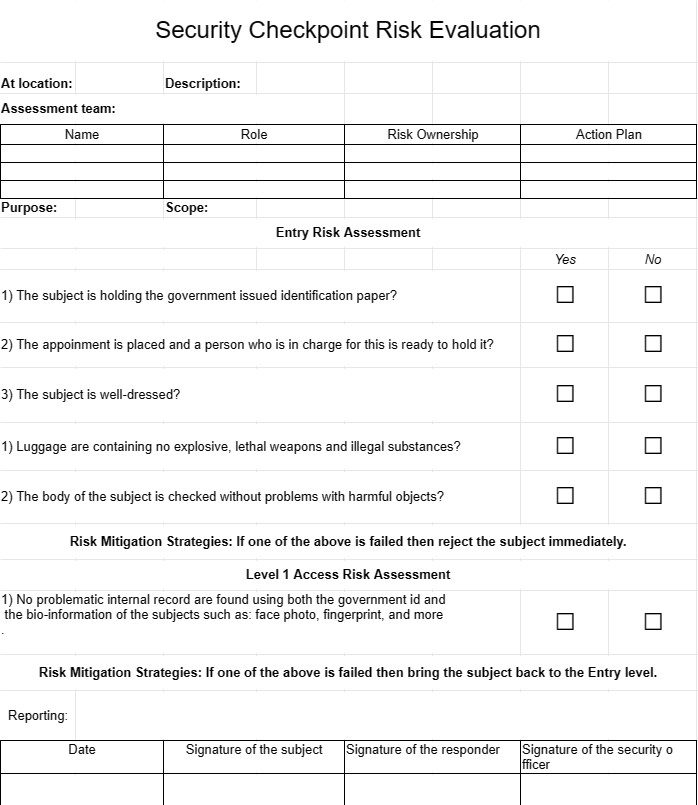

Security Checkpoint Risk Evaluation
類別 : 規劃師
Letting individuals in and out of a position is a complicating task nowadays, this is a fundamental tool for security man at a checkpoint to manage all of the risks which can be involved with an individual.
The Security Checkpoint Risk Evaluation Template is an essential document used in security management and risk assessment. It is particularly valuable in contexts where security checkpoints or access control points are involved, such as airports, government facilities, corporate campuses, and critical infrastructure sites. This template serves as a structured framework for evaluating and mitigating security risks at these locations.
Let's explore the key components and elements typically included in a Security Checkpoint Risk Evaluation Template:
- Location and Checkpoint Information: The template starts by identifying the specific location and security checkpoint under evaluation. This includes details such as the checkpoint's name, description, and geographical location.
- Assessment Team: A crucial aspect of risk evaluation involves the assessment team. The template includes a section to list the names and roles of team members responsible for conducting the assessment.
- Purpose and Scope: It outlines the purpose and scope of the security checkpoint risk evaluation. This section sets the context for the assessment and defines what is being assessed and why.
- Risk Categories: Security risks often fall into different categories, such as physical security, personnel security, information security, and operational security. The template provides space to categorize risks for more focused evaluation.
- Risk Identification: A comprehensive risk evaluation begins with risk identification. The template includes fields for listing potential risks, vulnerabilities, and threats specific to the security checkpoint in question.
- Risk Assessment: Each identified risk is assessed in terms of its likelihood of occurrence and the potential impact it could have. These assessments help prioritize risks based on their severity.
- Risk Mitigation Strategies: For each identified risk, the template provides space to outline mitigation strategies and measures. These strategies may include security enhancements, procedural changes, or training initiatives.
- Risk Ownership: Assigning ownership of each risk to responsible individuals or teams ensures that someone is accountable for monitoring and managing the risks.
- Action Plan: The template allows for the development of action plans, detailing the steps to be taken to address and mitigate identified risks.
- Monitoring and Review: An effective security checkpoint risk evaluation is an ongoing process. The template includes provisions for regular monitoring and review of risks to assess the effectiveness of mitigation efforts.
- Documentation: Comprehensive documentation is crucial for accountability and compliance. The template serves as a record of the risk evaluation process, including assessments, actions taken, and outcomes.
- Reporting: The findings of the security checkpoint risk evaluation are often summarized in a report. The template may include a section for documenting key findings and recommendations for improving security.
The Security Checkpoint Risk Evaluation Template serves several essential purposes:
- Security Enhancement: By systematically assessing risks and vulnerabilities, organizations can implement measures to enhance security at checkpoints and access control points.
- Risk Mitigation: The template facilitates the development of mitigation strategies that reduce the likelihood and impact of security breaches or incidents.
- Compliance: In some industries or regulatory environments, regular security risk assessments are required for compliance purposes.
- Resource Allocation: Organizations can allocate resources more effectively by focusing on the most critical security risks.
- Continuous Improvement: Regular monitoring and review ensure that security measures remain effective and adaptable to changing threats.
In summary, the Security Checkpoint Risk Evaluation Template is a vital tool for organizations concerned with security and risk management. It enables systematic assessment, mitigation, and documentation of security risks, ultimately contributing to the safety and security of individuals and assets at access control points.
輕鬆預覽和下載電子表格模板
查看電子表格模板的完整版本,沒有任何限制,看看您是否喜歡它,然後您可以下載 Excel 模板將其存儲在您的設備上並免費使用。
從任何地方訪問電子表格模板
這適用於所有流行的操作系統,例如 Windows、MacOS、Linux、iOS。您可以查看電子表格模板並下載它們,而無需其他程序。
如何使用模板
按照非常容易遵循的步驟了解如何預覽、下載和使用電子表格模板
更多類似模板
查看更多與所選模板屬於同一類別的電子表格模板。


